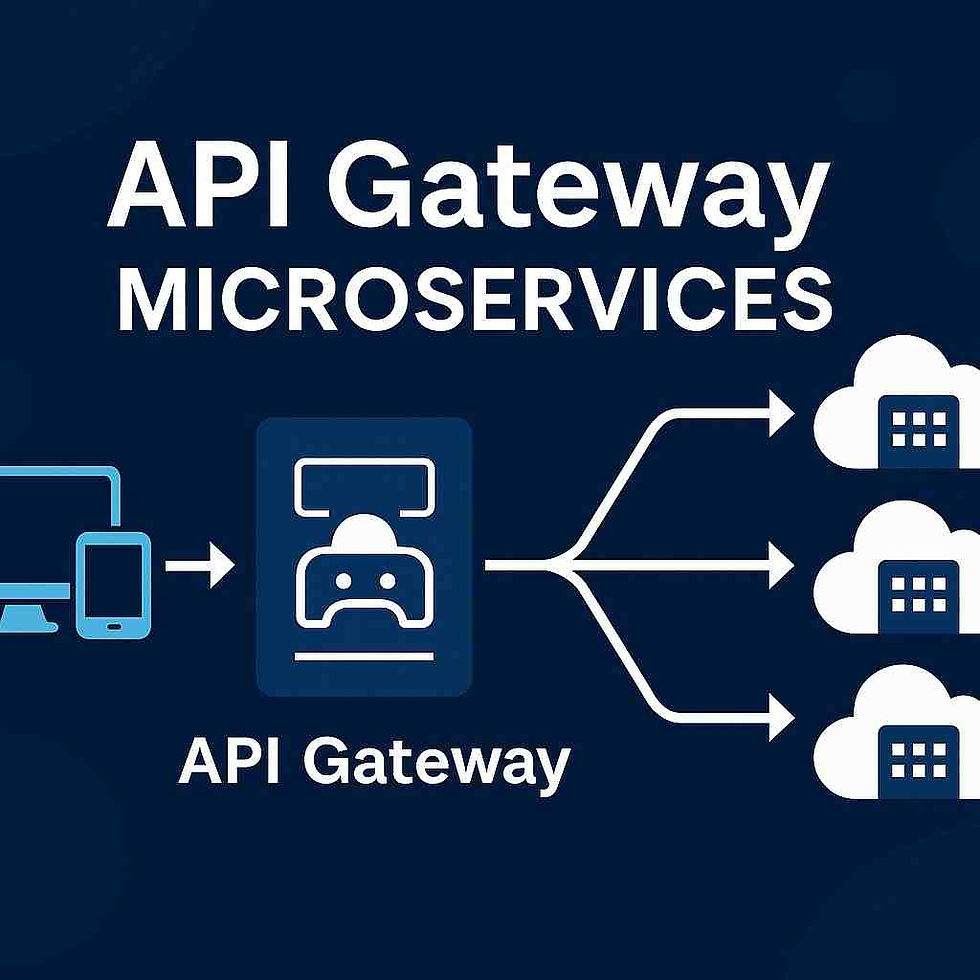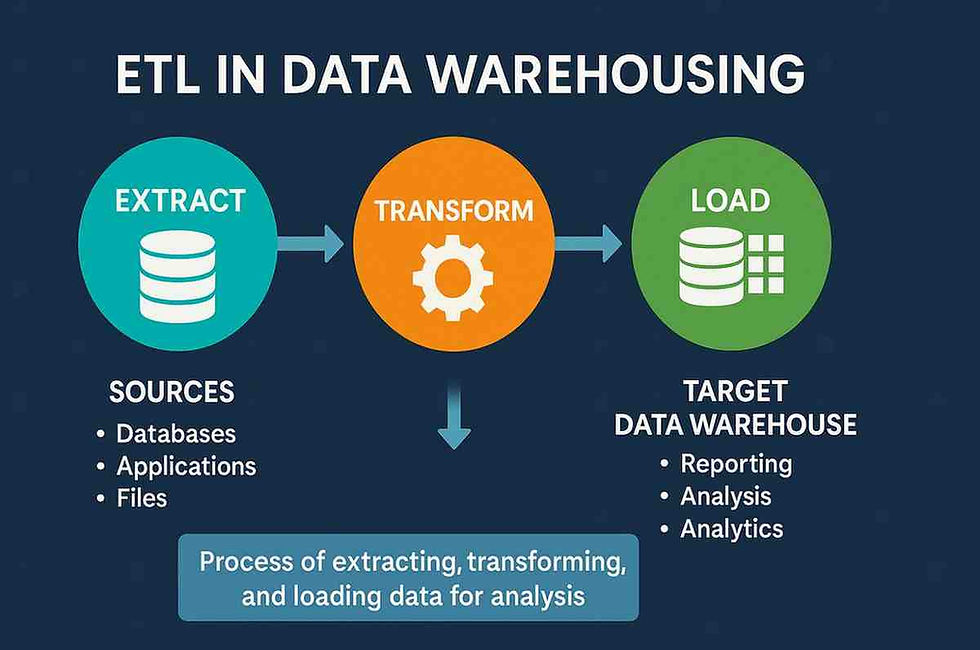Mocha for Testing: Guide to JavaScript Testing Framework 2025
- Gunashree RS
- Jun 27, 2025
- 7 min read
JavaScript testing has evolved significantly over the years, and among the most trusted and flexible solutions is Mocha. This powerful testing framework has earned its place as a cornerstone in the JavaScript ecosystem, offering developers the flexibility and reliability they need to ensure their applications work flawlessly. Whether you're building Node.js applications or browser-based solutions, understanding how to use Mocha for testing can dramatically improve your development workflow and code quality.

What is Mocha for Testing and Why Should You Choose It?
Q: What exactly is Mocha, and what makes it special for testing?
Mocha is an open-source software testing framework for JavaScript applications. It's designed for running unit tests and integration tests. What sets Mocha apart from other testing frameworks is its exceptional flexibility and minimal assumptions about how you want to structure your tests.
Unlike many testing frameworks that come with opinionated defaults, Mocha gives you the freedom to choose your assertion library, mocking framework, and test structure. This flexibility has made it a favorite among developers who want control over their testing environment.
Key Statistics:
Recent 2025 studies have shown that Mocha remains one of the most popular testing frameworks among JavaScript developers, with over 50% of developers using it in their projects.
As of early 2025, the Mocha JavaScript testing framework had 7,462,722 weekly downloads on npmjs
With recent surveys indicating that around 70% of teams prioritize automated validation in their development workflows
Core Philosophy: Mocha follows the principle of being "simple, flexible, fun" - providing the essential testing infrastructure while allowing developers to customize their testing approach according to their specific needs.
How Does Mocha Performance Compare to Other Testing Frameworks?
Q: Is Mocha really faster than other testing frameworks like Jest?
Performance is one of Mocha's strongest selling points, especially when compared to other popular testing frameworks. The performance advantages stem from Mocha's lean architecture and efficient test execution model.
Performance Benchmarks:
Developers report that in some cases, Mocha tests run 40 times faster than Jest tests. Others report performance differences on the order of Mocha being about five times faster than Jest
Depending on the number and nature of your tests, you may find a significant performance benefit when running tests in parallel (using the --parallel flag)
Serial test execution allows for better exception tracking and debugging
Performance Factors:
Lightweight Core: Mocha's minimal core means less overhead during test execution
Efficient Memory Usage: Better memory management compared to feature-heavy frameworks
Parallel Testing Support: Since version 8.0, Mocha supports parallel test execution
Node.js Optimization: Designed specifically for Node.js environments for optimal performance
Real-World Performance Comparison:
Small Test Suites (< 50 tests): 2-3x faster than Jest
Medium Test Suites (50-200 tests): 3-5x faster than Jest
Large Test Suites (200+ tests): 5-40x faster than Jest (depending on configuration)
Essential Features That Make Mocha Perfect for Testing
Q: What key features does Mocha offer for comprehensive testing?
Mocha's feature set is designed around flexibility and developer experience. Here are the standout capabilities that make it excellent for testing:
Core Testing Features
Advanced Capabilities
Parallel Test Execution: Run tests concurrently for faster completion
Test Filtering: Run specific tests or test suites based on patterns
Global Variables: Access to global test functions without imports
Hooks System: before, after, beforeEach, afterEach for test setup and cleanup
Integration Ecosystem
Assertion Libraries: Works with Chai, Should.js, or built-in Node.js assertions
Mocking Frameworks: Integrates with Sinon, testdouble, or custom mocking solutions
Coverage Tools: Compatible with Istanbul, nyc, and other coverage analyzers
Expert Opinion: "Mocha is another highly popular JavaScript testing framework. It offers flexibility and supports multiple libraries, making it the best choice for developers. It is often used with other libraries and tools like Chai (for assertions) and Sinon (for mocking and stubbing)."
Getting Started with Mocha for Testing: Complete Setup Guide
Q: How do I set up Mocha for testing in my JavaScript project?
Setting up Mocha is straightforward, but the flexibility it offers means you have several configuration options. Here's a comprehensive setup guide:
Installation Process
# Install Mocha as a development dependency
npm install --save-dev mocha
# Install complementary libraries
npm install --save-dev chai sinon
# For TypeScript projects
npm install --save-dev @types/mocha @types/chaiBasic Project Structure
project/
├── src/
│ └── calculator.js
├── test/
│ └── calculator.test.js
├── package.json
└── mocha.opts (optional)
Package.json Configuration
{
"scripts": {
"test": "mocha",
"test:watch": "mocha --watch",
"test:parallel": "mocha --parallel",
"test:coverage": "nyc mocha"
},
"mocha": {
"timeout": 5000,
"recursive": true,
"reporter": "spec"
}
}Basic Test Example
const { expect } = require('chai');
const Calculator = require('../src/calculator');
describe('Calculator', () => {
let calculator;
beforeEach(() => {
calculator = new Calculator();
});
describe('Addition', () => {
it('should add two positive numbers correctly', () => {
const result = calculator.add(2, 3);
expect(result).to.equal(5);
});
it('should handle negative numbers', () => {
const result = calculator.add(-1, 1);
expect(result).to.equal(0);
});
});
});Advanced Mocha Testing Strategies and Best Practices
Q: What are the best practices for using Mocha effectively in complex projects?
Mastering Mocha for testing requires understanding advanced patterns and optimization techniques:
Test Organization Strategies
Hierarchical Structure: Use nested describe blocks for logical grouping
Shared Setup: Leverage hooks for common test preparation
Test Isolation: Ensure tests don't depend on each other
Resource Management: Properly clean up after tests
Performance Optimization
Parallel Execution: Use --parallel flag for independent tests
Selective Testing: Use --grep to run specific test patterns
Timeout Management: Set appropriate timeouts for different test types
Memory Management: Avoid memory leaks in long-running test suites
Advanced Configuration Options
// mocha.opts or package.json configuration
{
"mocha": {
"require": ["@babel/register"],
"recursive": true,
"timeout": 10000,
"parallel": true,
"jobs": 4,
"reporter": "json",
"grep": "unit"
}
}Integration with CI/CD
Exit Codes: Proper exit code handling for CI systems
Reporting Formats: Use JSON or JUnit reporters for CI integration
Coverage Integration: Combine with nyc for comprehensive coverage reports
Parallel CI Execution: Split tests across multiple CI workers
Mocha vs Other Testing Frameworks: When to Choose Mocha
Q: How does Mocha compare to Jest, Jasmine, and other testing frameworks?
Understanding when to choose Mocha for testing requires comparing it with other popular frameworks:
Feature | Mocha | Jest | Jasmine |
Setup Complexity | Moderate | Low | Low |
Performance | Excellent | Good | Good |
Flexibility | High | Medium | Medium |
Built-in Assertions | None (requires library) | Yes | Yes |
Snapshot Testing | Via plugins | Native | Limited |
Parallel Testing | Yes (v8+) | Yes | No |
Browser Support | Excellent | Limited | Good |
Learning Curve | Moderate | Low | Low |
Use Mocha When:
You need maximum flexibility in test configuration
Performance is a critical requirement
You're building Node.js applications
You want to choose your own assertion and mocking libraries
You need both browser and server-side testing capabilities
Expert Analysis: "Mocha is somewhat more complicated to set up than some other JavaScript testing frameworks. This challenge stems in large part from the fact that Mocha gives you different options about where to run tests. This flexibility is valuable in many cases, but it also means that developers have to work harder to configure test environments."
FAQ: Common Mocha Testing Questions Answered
Q: Can I use Mocha for testing React applications?
Yes, Mocha works excellently with React applications. You can use it with jsdom for DOM testing, enzyme for component testing, or React Testing Library for modern React testing approaches.
Q: How do I handle asynchronous tests in Mocha?
Mocha provides several ways to handle async operations: returning promises, using async/await, or using the done callback. The framework automatically detects promise returns and waits for resolution.
Q: Is Mocha suitable for integration testing?
Absolutely. Mocha excels at both unit and integration testing. Its flexible architecture makes it ideal for testing complex interactions between different parts of your application.
Q: How do I run only specific tests in Mocha?
Use the --grep flag to run tests matching a pattern, or use .only() to run specific test cases. You can also use --bail to stop on the first failure.
Q: Can I use Mocha with TypeScript?
Yes, Mocha works seamlessly with TypeScript. Install @types/mocha and configure your TypeScript compiler, or use ts-node for runtime compilation.
Q: How do I generate code coverage reports with Mocha?
Use nyc (Istanbul's command-line interface) with Mocha to generate comprehensive coverage reports. Install nyc and run nyc mocha to get coverage analysis.
Q: What's the difference between Mocha and Chai?
Mocha is the test framework that provides the test structure and execution, while Chai is an assertion library that provides the actual assertion methods. They work together but serve different purposes.
Q: How do I mock dependencies in Mocha tests?
Mocha doesn't include built-in mocking, but works excellently with libraries like Sinon.js, testdouble, or simple manual mocks. This flexibility allows you to choose the mocking approach that fits your needs.
Conclusion
Mocha for testing represents one of the most mature and flexible approaches to JavaScript testing available today. Its combination of performance, flexibility, and extensive ecosystem support makes it an excellent choice for developers who want control over their testing environment without sacrificing functionality.
The framework's ability to adapt to different project needs, from simple unit tests to complex integration scenarios, demonstrates why it has maintained its popularity among JavaScript developers. Whether you're working on a small Node.js utility or a large-scale web application, Mocha provides the foundation you need for comprehensive, reliable testing.
As the JavaScript ecosystem continues to evolve in 2025, Mocha's commitment to flexibility and performance ensures it remains a relevant and powerful tool for modern development workflows. By mastering Mocha for testing, you're investing in a skill that will serve you well across a wide variety of JavaScript projects and environments.
Key Takeaways
• Performance Leader: Mocha delivers 5-40x faster test execution compared to Jest in many scenarios
• Maximum Flexibility: Choose your own assertion libraries, mocking frameworks, and test organization
• Proven Popularity: Over 50% of JavaScript developers use Mocha, with 7.4+ million weekly npm downloads
• Dual Environment Support: Works seamlessly in both Node.js and browser environments
• Parallel Testing: Built-in support for concurrent test execution since version 8.0
• Minimal Setup: Global test functions eliminate the need for imports in every test file
• Extensive Ecosystem: Integrates with Chai, Sinon, nyc, and dozens of other testing tools
• Advanced Features: Hooks, filtering, multiple reporters, and comprehensive async support
• CI/CD Ready: Excellent integration with continuous integration and deployment pipelines
• Future-Proof: Active development and strong community ensure long-term viability




Guides like this make JavaScript testing feel far less intimidating. Breaking down Mocha concepts into practical steps helps teams adopt better testing habits without slowing development. I explored some user feedback at https://passfab.pissedconsumer.com/review.html, which highlighted how usability and support influence tool adoption beyond pure features.
INDOVIP138
indovip138
indovip138
indovip138
indovip138
indovip138
indovip138
indovip138
indovip138
indovip138
indovip138
indovip138
indovip138
indovip138
indovip138
indovip138
indovip138
indovip138
indovip138
indovip138
indovip138
indovip138
indovip138
indovip138
indovip138
indovip138
indovip138
indovip138
indovip138
indovip138
indovip138
indovip138
indovip138
indovip138
indovip138
indovip138
indovip138
indovip138
indovip138
indovip138
indovip138
indovip138
indovip138
indovip138
indovip138
Link INDOVIP138
indovip138
indovip138
indovip138
indovip138
indovip138
indovip138
indovip138
indovip138
indovip138
indovip138
indovip138
indovip138
indovip138
indovip138
indovip138
indovip138
indovip138
indovip138
indovip138
indovip138
indovip138
indovip138
indovip138
indovip138
indovip138
indovip138
indovip138
indovip138
indovip138
indovip138
indovip138
indovip138
Traveling with intention is something I’ve learned to prioritize. I didn’t want a trip filled with generic hotel stops or commercial attractions. What I found instead was something entirely different: with Private Moroco Tours Private Moroco Vacation, the experience felt personal from start to finish. The way we moved from cities to countryside to desert gave the whole trip a narrative arc—each place building on the last. The people we met, the guides, the settings—none of it felt forced. It was the kind of travel that leaves you not only informed, but changed.